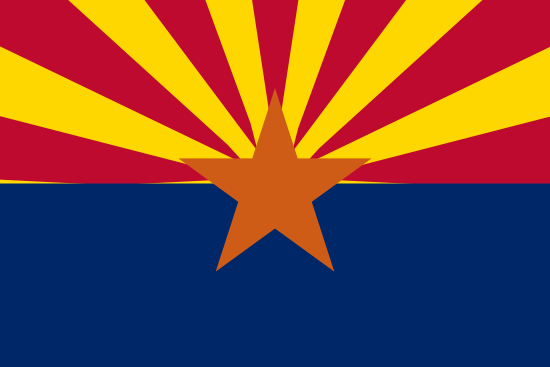Arizona is a state in the Southwest region of the United States, known for the Sonoran Desert, Grand Canyon, and red rock formations. It has a population of 7,691,740, making it the 14th most populated state in the country. The capital city is Phoenix. Arizona has a growing tech sector alongside tourism and mining industries.
